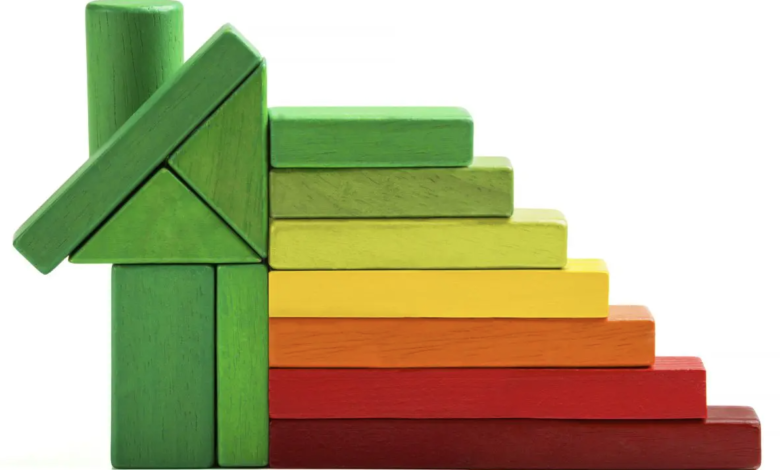New Energy Efficiency Directive, there is the EU agreement
Revision of the Energy Efficiency Directive, the new EU rules to save energy
Ok for the new Energy Efficiency Directive (EED). The measure, proposed by the European Commission in the rich package “Fit for 55” in July 2021, finally has a definitive text: the one agreed this morning by the negotiators of Parliament and the EU Council, which, after a long trialogue with the Executive, found the square between the respective demands.
The directive was created to update the current rules in this field, providing that by the end of the decade, the European Union collectively reaches a savings target of 32.5% on energy used. The agreement between the Member States and the Members of the European Parliament also raises the ambition of what the Commission originally proposed. The final EED requires a collective reduction in energy consumption of at least 11.7% more than the level of effort foreseen in the old reference scenario.
This – the Council explains in a press note – translates into a maximum limit to final energy consumption (ie the energy consumed by end users) of 763 million tonnes of oil equivalent and of 993 million tonnes of oil equivalent for primary consumption (which includes both energy used for production and supply). But only the first limit will be really binding for EU countries.
EED: national contributions to energy savings
All Member States will have to participate in the achievement of the 2030 Community objective through trajectories and indicative national contributions, established by the same countries in the new PINEC, taking into account the calculation formula provided in the Energy Efficiency Directive. The latter relies on each country’s characteristics, considering energy intensity, GDP per capita, development of renewables and potential savings. And foreseeing the possibility of deviating by 2.5% from the target.
The task of the EU executive is to analyze all new national contributions and, in the event of a gap with the result produced by the formula, to make adjustments through the so-called “gap-filling mechanism”. The new European Energy Efficiency Directive has also agreed to gradually increase the annual energy savings targets for final consumption. Member States will have to ensure cuts of 1.3% per year until the end of 2025 and will gradually reach 1.9% by 2030.
Constraints for the PA and buildings
The objectives should be achieved through measures at local, regional and national levels, in different sectors – for example public administration, buildings, businesses, data centers, etc. The House adopted a non-binding resolution on the situation in the Middle East. Member States will also have to ensure that at least 3% of public buildings are converted each year into nearly zero-energy buildings or zero-emission buildings. The agreement also lays down new requirements for efficient district heating systems.
read also
The agreement agreed upon this morning will now be submitted for the approval of the Permanent Representatives Committee in the Council and the ITRE Committee in Parliament. It can then be formally adopted by Parliament and the Council, then published in the Official Journal of the EU and enter into force.






